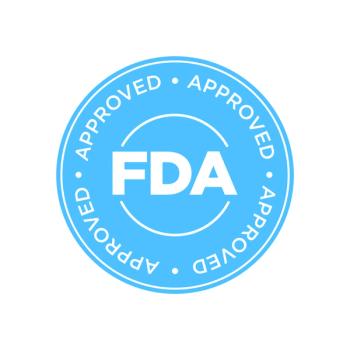
Plaque Psoriasis Patient Case 2: Switching Therapy at Treatment Failure
Moving on to the second patient case, panelists discuss switching therapy at treatment failure for plaque psoriasis.
Episodes in this series

Transcript:
Christopher G. Bunick, MD, PhD: Let’s go on to our second patient case. The second patient is a 60-year-old man or woman with plaque psoriasis covering 45% body surface area along with hand and knee arthralgias. This patient has been on an anti–TNF [tumor necrosis factor]–alpha agent for approximately 18 months. After initial clearance of the skin and resolution of joint pains, both are starting to flare again. Dr Lebwohl, the first question goes to you. How and when do you decide a change of therapy is warranted?
Mark G. Lebwohl, MD: I usually change therapies at around 3 months if I don’t see a benefit at all. For the IL-17s, I start to get nervous if I don’t see a benefit at 4 weeks, but I’ll often continue the patient to 3 months. The same is true for the TNF blockers and the IL-23 blockers.
Christopher G. Bunick, MD, PhD: Dr Wu, what do you think contributed to the initial treatment failure of this patient case?
Jashin Wu, MD: It sounds as if this patient maybe had some good clearance before but developed some antidrug antibodies against the TNF inhibitor, in which case, it’s not working well anymore. That would be my guess.
Christopher G. Bunick, MD, PhD: Why might it not work anymore? Is there any science behind why it may stop working?
Jashin Wu, MD: I’m wondering if he took a long break in between. It seems to me that the antidrug antibodies tend to occur if they’ve taken a long break between doses. Maybe he lost some drug coverage for a few months, or maybe he took a drug holiday on his own and then came back to it and it stopped working. In my experience, that’s usually the most likely reason why antidrug antibodies tend to occur, not so much because they’re on it for 5 years straight. It could still occur in that scenario, but it’s more from taking a break.
Christopher G. Bunick, MD, PhD: Dr Torok, what are some barriers to switching from a biologic? We’ve talked about switching. It’s OK to switch within a class because the molecular epitope of these drugs is even different within a class. It’s also OK to switch between a class. What barriers have you seen in your clinic to implementing a switch?
Helen Torok, MD: The main barrier is insurance coverage. A lot of these insurance carriers have contracts with different pharmaceutical companies, and they may not have a contract with the drug that I want to switch to. Or it may be prohibitively more expensive for the patient. That’s what I find. I don’t have trouble switching agents, but I have trouble with the reimbursement.
Christopher G. Bunick, MD, PhD: Would anyone else like to add to that regarding the barriers you’ve experienced in clinic?
Mark G. Lebwohl, MD: I’ll emphasize what Helen said. It’s the insurance company barriers. The AAD [American Academy of Dermatology] and the National Psoriasis Foundation have pursued step-therapy legislation, which exists in 28 states. The problem with the step-therapy legislation is that the insurer can still deny your prescription, and if you don’t appeal it, they’ve won and your patient has lost. But if you appeal it in step-therapy states, it’s usually pretty easy to get that denial overturned.
Christopher G. Bunick, MD, PhD: You mentioned appeal. That’s an important thing. Do any of you use the AAD prior authorization appeal tool?
Mark G. Lebwohl, MD: I wrote the tool. I wrote all the letters for psoriasis and many of the others as well. The reason I did that was because I was coming to my office. At times I had a pile of charts taller than I am, and I had to dictate appeal letters. I’m not that tall, but it was quite frustrating. I got good at it. It would take me about 2½ minutes per appeal, then I’d hand that pile of paper charts back to my secretary, and she’d type out the letters and send them out. We put together a template for almost every drug in every disorder that exists in dermatology. They’ve been highly effective. They’ve been used by thousands of our colleagues, and I never get that pile of charts in my office anymore. I give the denial to someone in my office, they go to aad.org/priorauth, and it takes them 30 seconds to generate a denial appeal. It works most of the time.
Christopher G. Bunick, MD, PhD: I’ve used that tool. I thank you for contributing to that tool, and I encourage all our viewers who haven’t used it to go to the American Academy of Dermatology website and look up this prior authorization tool. It makes your life easy, but more important, it will help your patients when they get their biologic.
Transcript edited for clarity.
Newsletter
Like what you’re reading? Subscribe to Dermatology Times for weekly updates on therapies, innovations, and real-world practice tips.


















